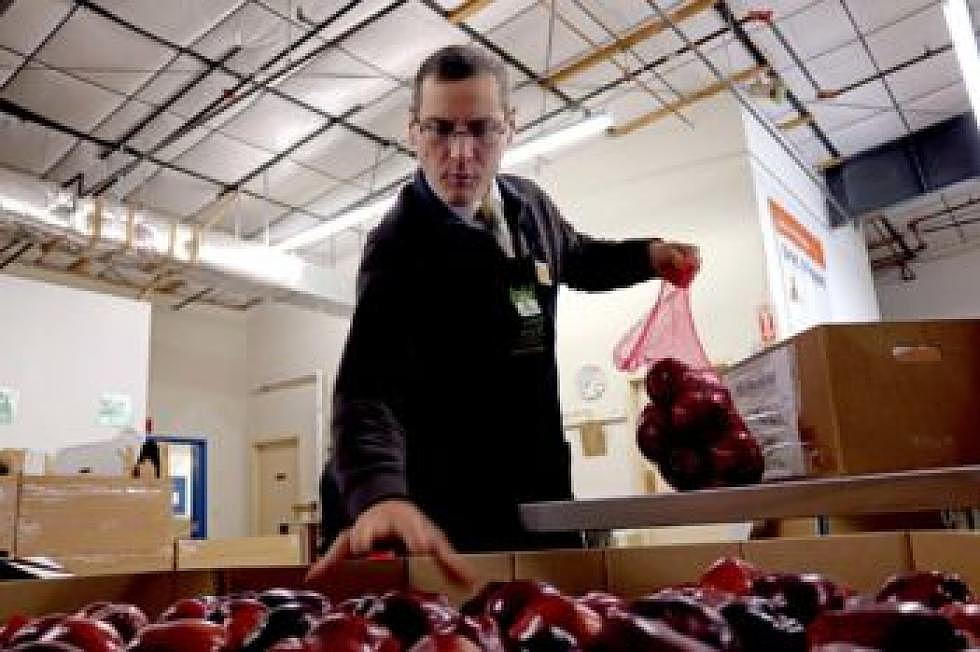
As need grows, Montana Food Bank Network explores move to larger facility
When the Montana Food Bank Network received 2,000 pounds of apples from an orchard in Washington last year, the donation took up a large portion of the facility's limited warehouse space.
The amount of food pushed through the warehouse to agencies across the state each year continues to increase, prompting the Food Bank Network to consider moving to a larger facility.
“The Montana Food Bank Network distributes to the entire state and 22 agencies in Missoula,” said Syndie Kennedy, the county's grants administrator. “They've outgrown their space, their need has increased and they want to explore their options of building a new facility, look at an existing facility, or add on to their current facility.”
To help that process along, Missoula County will likely prepare and submit a Community Development Block Grant application on behalf of the Food Bank Network to prepare a preliminary architectural report.
The current warehouse, located on Expressway Boulevard in the county's development park, includes 30,000 square feet, though 12,000 of that square footage is used for office space.
The lot doesn't permit the organization to expand at its current location, Gayle Carlson, the executive director, told Missoula County commissioners on Tuesday.
“We're kind of landlocked, so we can't really expand where we are right now,” Carlson said. “Our development officer has talked about some other county property in the area. We do like being in the development park, so we're exploring that as a priority.”
While the development park is nearly full, several lots remain available, including a single large lot once eyed by Costco, also located on Expressway.
Carlson said the Food Bank Network completed an addition to its current space more than a decade ago, and while it increased the cooler and freezer capacity, it didn't increase the warehouse space.
Boil it down, Carlson said, and the network has outgrown the facility.
“We push about 10.7 million pounds of food through our warehouse every year,” she said. “Three years ago, it was only 8.5 million. We serve 140 agencies throughout the state, and we expect some exponential growth over the next few years.”
